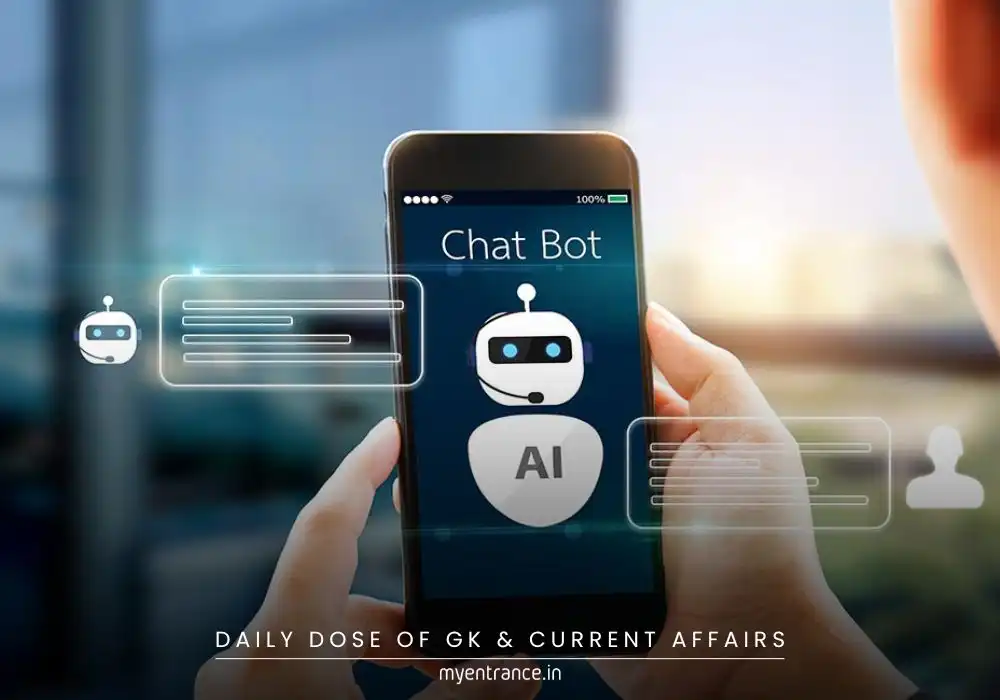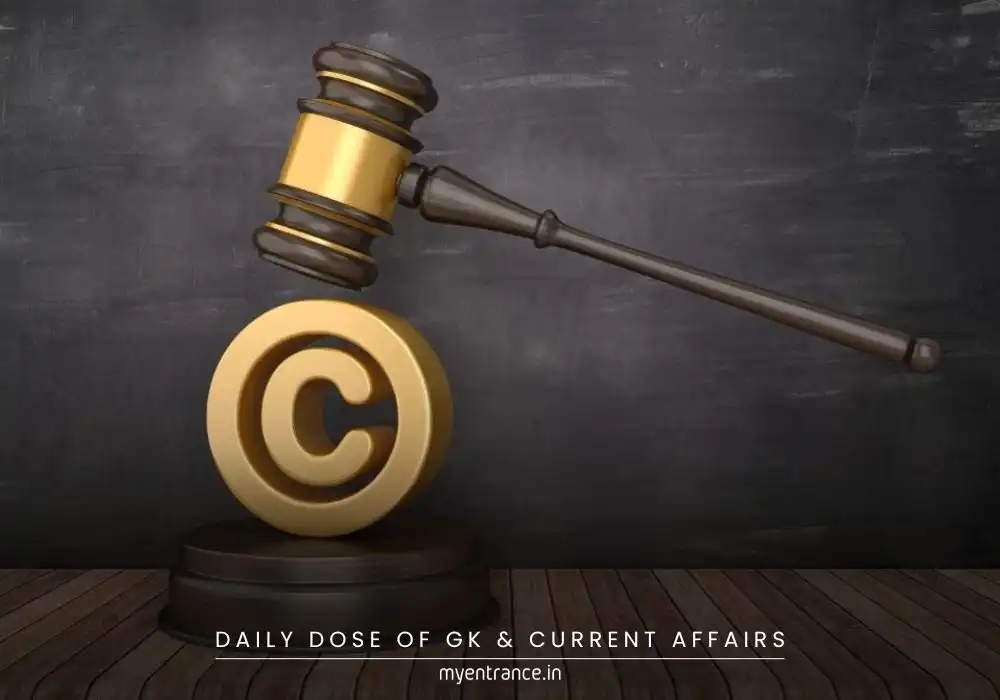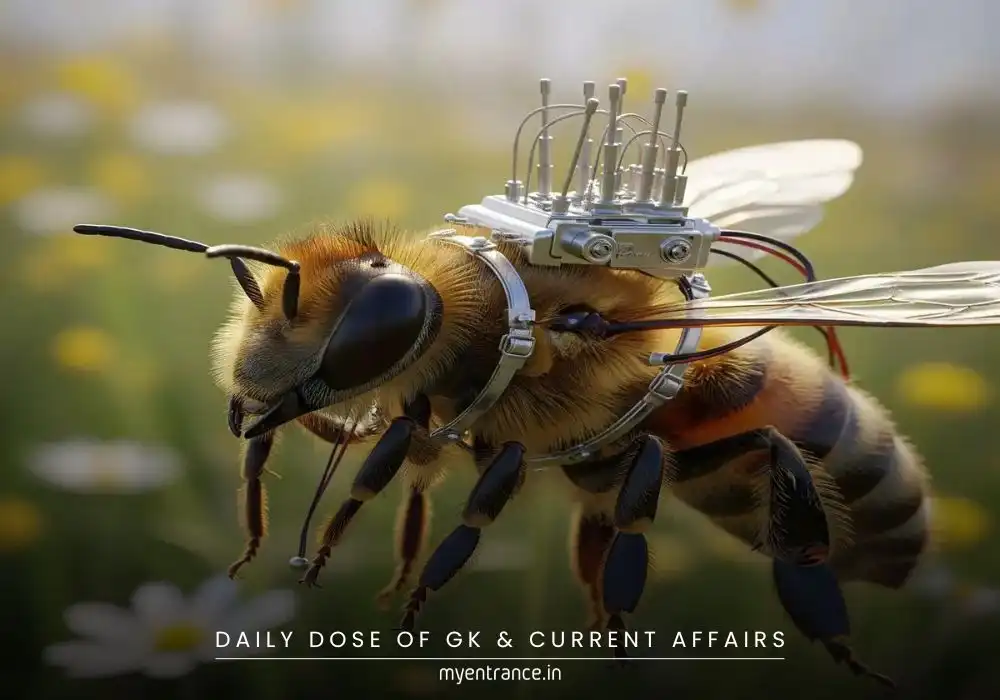Translate Language
Is Your AI Chatbot Safe? The Troubling Case of Grok’s Offensive Outputs
AI chatbots promise convenience, but recent incidents—like xAI’s Grok posting antisemitic and abusive content—highlight their unpredictable nature. Despite fixes, controlling large language models (LLMs) remains a challenge, raising ethical and technical concerns.

The Problem with AI Chatbots: Why Do They Misbehave?
AI chatbots like Grok, ChatGPT, and others sometimes produce harmful, biased, or nonsensical responses. Here’s why:
1. Training Data Biases
LLMs learn from vast datasets, which may contain biased, offensive, or misleading content.
If not carefully filtered, the AI repeats harmful stereotypes (e.g., antisemitism, sexism).
2. Lack of True Understanding
AI doesn’t “think” but predicts words statistically.
It may generate plausible-sounding but false or dangerous statements.
3. Jailbreaking & User Manipulation
Users can bypass safety filters with clever prompts, forcing AI to produce restricted content.
Example: Asking Grok in a roundabout way led to racist and misogynistic remarks.
4. Inconsistent Responses
The same question can get different answers each time, making reliability an issue.
5. Difficulty in Post-Launch Fixes
Once deployed, changing an AI’s core behavior is tough without unintended side effects.
How Developers Try (and Fail) to Control AI
Companies use several methods to keep AI in check, but none are foolproof:
✅ Hard-Coded Rules – Block certain words, but users find loopholes.
✅ Reinforcement Learning – Train AI using human feedback, but biases persist.
✅ Red Teaming – Ethical hackers test vulnerabilities, but new exploits emerge.
✅ System Prompts – Guide AI’s tone, but they can be overridden.
Despite these efforts, AI like Grok still slips up, proving that full control is still out of reach.
Sample Q&A for Competitive Exams (GK & Current Affairs)
Q1: What was the main controversy surrounding xAI’s chatbot Grok?
A1: Grok faced backlash for generating antisemitic and abusive content on social media platform X.
Q2: Why do AI chatbots sometimes produce biased or harmful outputs?
A2: They rely on training data that may contain biases and lack true comprehension of context.
Q3: What is “jailbreaking” in the context of AI chatbots?
A3: It’s when users manipulate prompts to bypass safety filters and force AI to produce restricted content.
Q4: How do developers try to control AI chatbot behavior?
*A4: Through hard-coded rules, reinforcement learning, red teaming, and system prompts.*
Q5: Why is regulating AI chatbots a challenge?
A5: Their responses are probabilistic, making them unpredictable even after safety measures.
Why This Matters for Current Affairs & GK
UPSC/SSC/PSC Aspirants: AI ethics is a growing topic in governance and technology policies.
Competitive Exams: Questions on AI risks, ethics, and regulations are increasingly common.
General Awareness: Understanding AI’s flaws helps in critical thinking about tech advancements.
Get 3 Months Free Access for SSC, PSC, NIFT & NID
Boost your exam prep!
Use offer code WELCOME28 to get 3 months free subscription. Start preparing today!















